Could your exercise clothes be increasing your fall risk? Wearing appropriate clothing is crucial when you are exercising. Injuries can occur because of improper equipment, which includes clothing and shoes.
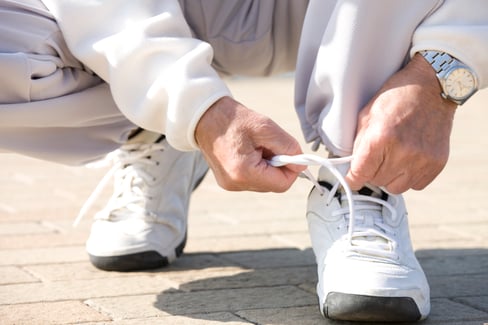
Proper Footwear: Wearing a supportive pair of sneakers is crucial. You’ll want to choose closed-toed shoes that fit comfortably as well as support and protect your feet, preferably with a rubber bottom. Sandals are a no-no for both exercise classes and the Fitness Center. In addition to causing a slip or trip, they do not provide the secure foot bracing that is needed in classes like aerobics or balance. Open-toed shoes are unsafe and also dangerous in the gym, especially for use on treadmills, elliptical machines and bikes as they expose your feet to mechanical gears and moving parts. They also provide no protection if a weight were to fall on your foot. Ouch! For classes like yoga and Pilates where bare feet are the norm, special socks designed for these types of workouts have rubber grips on the bottom to increase your traction and reduce slips.
Comfortable Clothing: Comfort is key when choosing your clothing but wear items that are appropriate for your chosen activity. Different workouts call for different clothes, so think about the kind of exercises you’ll be doing. If you’re headed to a yoga class, grab some stretchable fabric pants, shorts, or yoga pants. For classes requiring standing or a lot of movement, choose clothing that is loose but slim-fitting to your body. Moving arms and feet can easily become entangled in baggy or flowing clothing such as draped shirts, wide-legged or palazzo pants.
Consider the Climate: In addition to the activity, also consider the climate. When available, choose lightweight breathable fabrics that wick sweat away from your body as opposed to pure cotton which only absorbs dampness and becomes heavy and bulky as it gets wetter. In addition to helping pull sweat away from your skin, fabrics made for performance wear can help cool your body down and sometimes even provide SPF protection from the sun.
Today, workout attire is relatively easy to find and doesn’t have to be expensive. Nearly every store, from Walmart to Nordstrom, carries their own line of fitness clothing. Previously only available in small, medium and large sizes, yoga pants, leggings, training pants and running shorts now come in all shapes and sizes, and the options are endless. Athleisure wear is on the rise so chances are you’ll be able to find clothing and shoes that are made for your exercise style and safe for the activities you like to participate in.

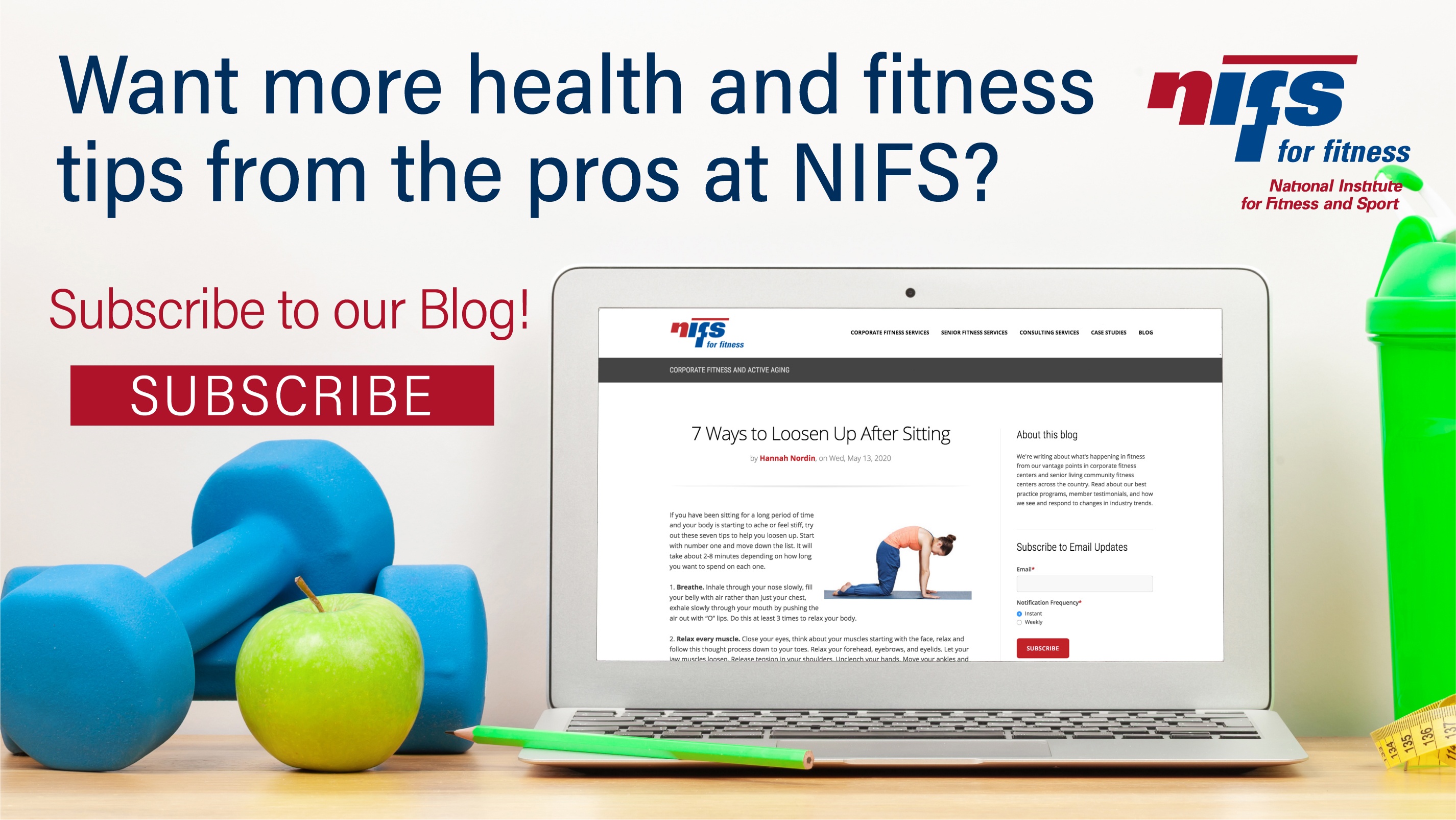
.jpg?width=467&name=GettyImages-1225625994%20(1).jpg) In
In 
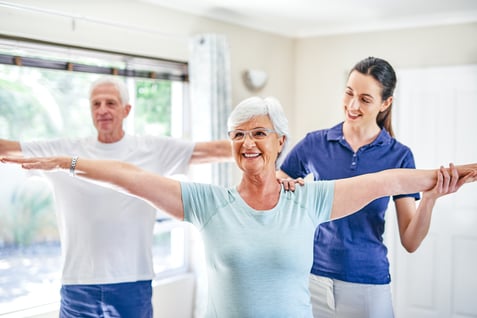 We already know that exercise is a key contributor to a healthy lifestyle overall, but for those with Parkinson’s Disease (PD) this is no exception! In fact, exercise is extremely critical for people with PD, and
We already know that exercise is a key contributor to a healthy lifestyle overall, but for those with Parkinson’s Disease (PD) this is no exception! In fact, exercise is extremely critical for people with PD, and .jpg?width=422&name=GettyImages-674714126%20(1).jpg) I recently had a resident from one of our client sites in Illinois contact me wanting to know which senior living communities in greater-Indianapolis NIFS was partnered with as she would soon be relocating to be closer to her daughter. She wanted to refine her search to communities where NIFS was similarly providing a robust health and fitness program to what she had come to experience in her current community. She had done some exploring on her own and quickly recognized that communities simply having an onsite fitness center with some weekly
I recently had a resident from one of our client sites in Illinois contact me wanting to know which senior living communities in greater-Indianapolis NIFS was partnered with as she would soon be relocating to be closer to her daughter. She wanted to refine her search to communities where NIFS was similarly providing a robust health and fitness program to what she had come to experience in her current community. She had done some exploring on her own and quickly recognized that communities simply having an onsite fitness center with some weekly 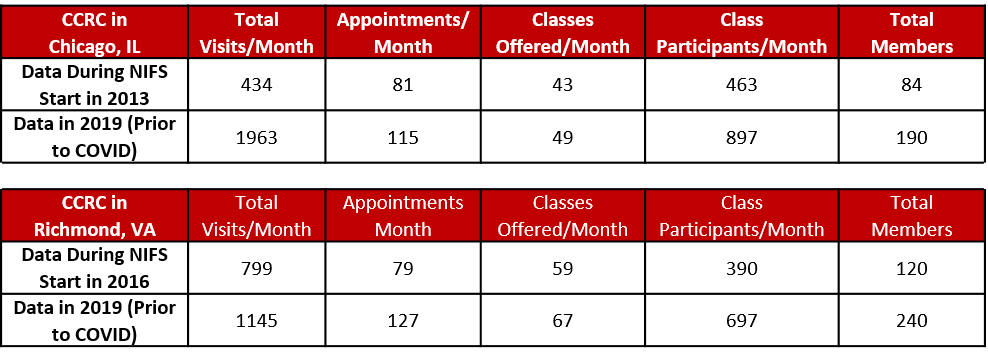

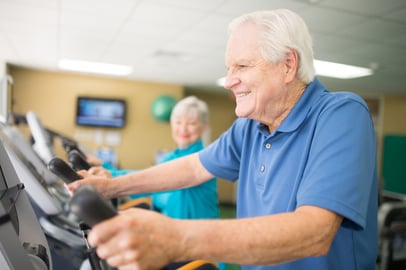 The senior living industry has been fervently moving over the past decade to renovate and build fitness centers for their residents and the momentum is only growing.
The senior living industry has been fervently moving over the past decade to renovate and build fitness centers for their residents and the momentum is only growing.
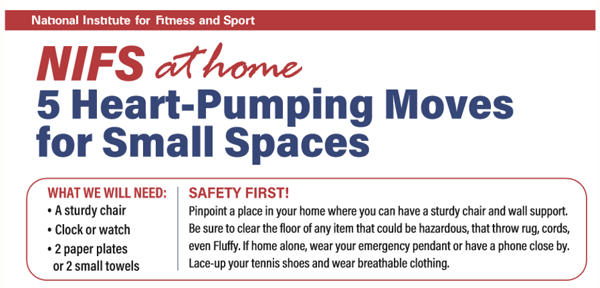
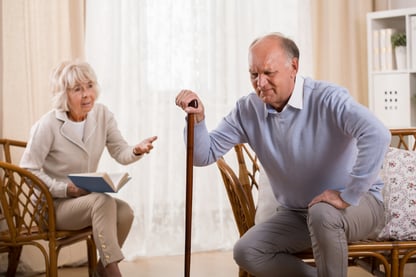 Staying home is something we are all doing more of lately due to the COVID-19 epidemic. Spending more time at home has some benefits like increased family time, less driving, and especially lowering the risk of contracting COVID-19. Unfortunately, there are also hefty drawbacks to being homebound. As we spend more time inside, we are also sitting for longer and longer periods of time. Watching movies, reading books, or napping are all fun and enjoyable seated activities. Unfortunately, doing too much of these things can have disastrous results on our health. Taking breaks from sitting every 30 – 60 minutes will improve your safer-at-home experience by reducing risk of deadly blood clots, maintaining muscle and bone health, and using up energy that would otherwise be stored as fat.
Staying home is something we are all doing more of lately due to the COVID-19 epidemic. Spending more time at home has some benefits like increased family time, less driving, and especially lowering the risk of contracting COVID-19. Unfortunately, there are also hefty drawbacks to being homebound. As we spend more time inside, we are also sitting for longer and longer periods of time. Watching movies, reading books, or napping are all fun and enjoyable seated activities. Unfortunately, doing too much of these things can have disastrous results on our health. Taking breaks from sitting every 30 – 60 minutes will improve your safer-at-home experience by reducing risk of deadly blood clots, maintaining muscle and bone health, and using up energy that would otherwise be stored as fat.
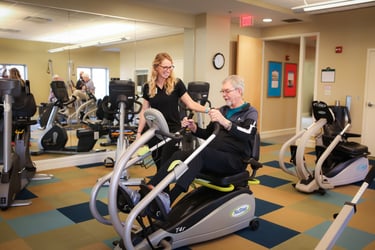 Our fitness management staff members have some of the best stories around on the impact their fitness programs are having on resident lives in the senior living communities we serve. They hear comments from residents or their family members, they see new faces in classes, and they track the data in programs and services that demonstrate solid engagement. Our staff takes great pride in these affirmations knowing that the work they are so passionately committed to is truly making a difference not just for residents but also for the culture of a community as a whole.
Our fitness management staff members have some of the best stories around on the impact their fitness programs are having on resident lives in the senior living communities we serve. They hear comments from residents or their family members, they see new faces in classes, and they track the data in programs and services that demonstrate solid engagement. Our staff takes great pride in these affirmations knowing that the work they are so passionately committed to is truly making a difference not just for residents but also for the culture of a community as a whole.
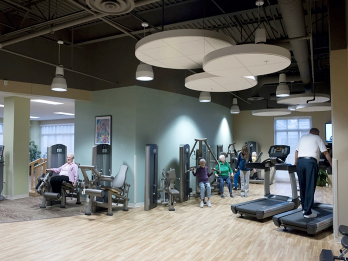 Picture this: You are 78 years old touring a senior living community with the marketing and sales coordinator. They take you to the ground floor or basement of the building and they flip on the lights of the uninhabited fitness center. It has painted cinderblock walls, fluorescent lights, no windows, and a hodgepodge of equipment. It feels deserted and you wonder how active the community is.
Picture this: You are 78 years old touring a senior living community with the marketing and sales coordinator. They take you to the ground floor or basement of the building and they flip on the lights of the uninhabited fitness center. It has painted cinderblock walls, fluorescent lights, no windows, and a hodgepodge of equipment. It feels deserted and you wonder how active the community is.
.jpg?width=521&name=GettyImages-929610028%20(1).jpg) I’m Too Old
I’m Too Old